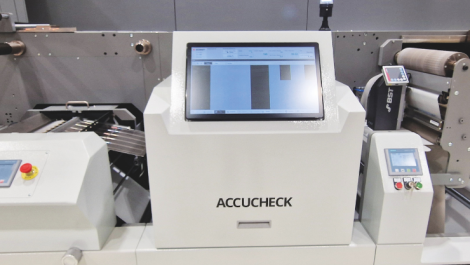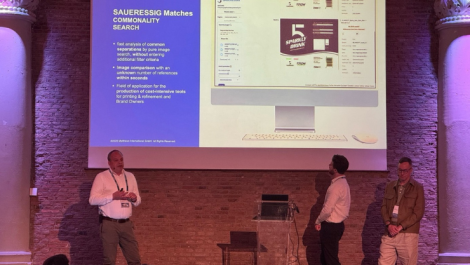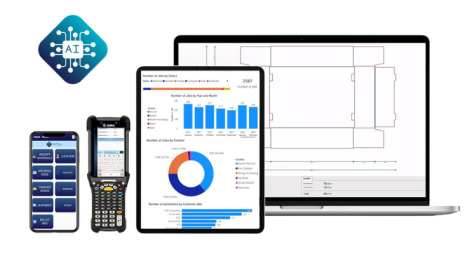Global Graphics Software has been granted a US patent for AI-enabled smart DFE software.
US Patent No. 11,720,769 relates to ‘Methods and Systems for Enhancing Raster Image Processing Using Artificial Intelligence’.
Whilst AI has hit wider consumer headlines in recent times, this patent application was submitted two years ago, ‘long before artificial intelligence became an everyday term,’ according to Eric Worrall, vice president of products and services at Global Graphics Software and the inventor of the patent.
He describes this development as a ‘very practical application’ of AI, tackling long-standing challenges in inkjet production printing. ‘Real-time inline rasterisation of variable data for high-speed digital presses poses a significant challenge, as it requires a very high constant rate of raster data to be delivered to the press. Unfortunately, the diversity of PDF files and computing hardware ensures that very complex jobs may process too slowly for inline rasterisation. Compounding this issue is the vast number of PDF creators in the market, who prioritise design flexibility without considering rasterization or printing.
‘Digital press operators have been forced to process jobs in advance while their press sits idle, or to process jobs inline and hope that the DFE can provide data at the speed of the digital press. This risk has made the production use of inline RIPs for high-speed inkjet presses impractical until now.’
This patented technology has already been embodied in Global Graphics Software’s SmartDFE, a digital frontend for high-speed industrial inkjet presses. This sees SmartDFE harnesses the power of AI and machine learning to create an intelligent raster image processor (RIP) model, uniquely tailored to each press manufacturer’s chosen computing hardware and encompassing an extensive range of over 1000 PDF operations which take place in the Harlequin RIP that powers SmartDFE. Once trained, this model can deconstruct any PDF print job and predict the minimum constant raster data rate and hence the printing speed that can be achieved, so press operators can make well-informed decisions and effectively plan their production processes.






